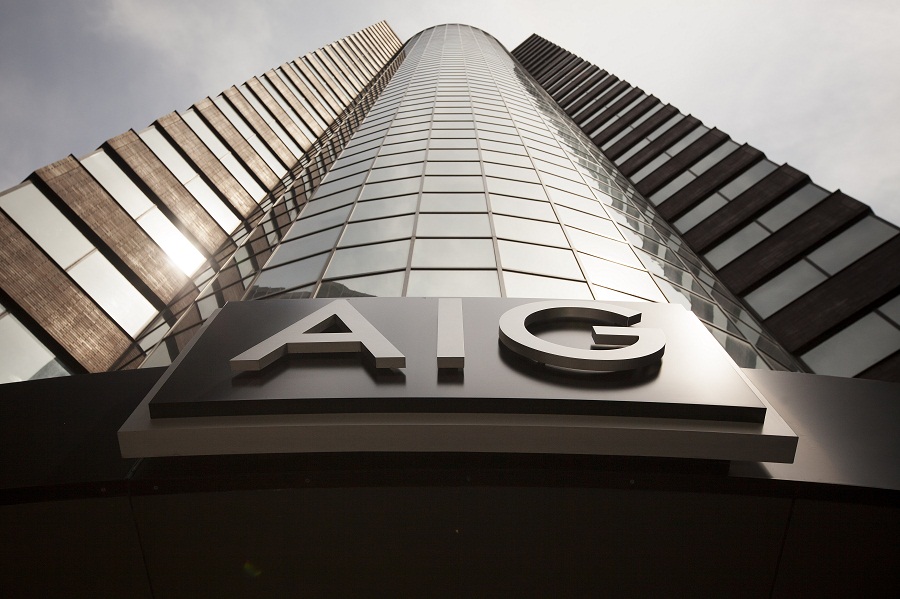American International Group Inc. has been fielding inquiries from companies that may want to buy a stake in the life and retirement business the insurer is seeking to divest.
“We received inquiries from parties interested in strategically aligning with us and potentially purchasing the 19.9% stake in life and retirement,” President Peter Zaffino said Wednesday on a conference call with analysts. “We are pleased with the level of interest and quality potential partners for the life and retirement business, and believe a sale of a minority stake could be an attractive option for AIG, and shareholders and other stakeholders.”
The company announced last year that it would separate the life and retirement business from its sprawling property-casualty operation, furthering the dismantling of the insurance giant that spent years reeling from the global financial crisis.
Zaffino, who’s set to become chief executive in March, said AIG is carefully weighing options, including whether it would sell the stake to a third party or do a minority public offering.
“Our current expectation is that an initial disposition of 19.9% of life and retirement, whether through a minority IPO or sale to a third party, will generate net proceeds such that some portion can be used toward further share repurchases,” Zaffino said. Based on the company’s work to prepare the life and retirement business for a divestment, “we continue to believe that no additional equity capital will be required given the improvements in our subsidiary capital positions over the last few years.”
AIG shares rose 0.7% to $42.43 at 9:59 a.m. in New York.
The insurer, which reported fourth-quarter results Tuesday, was stung by catastrophes including the coronavirus pandemic and volatility tied to derivatives in the fourth quarter, even as it was able to post further improvements in a key underwriting metric for property and casualty coverage.
MINIMIZING VOLATILITY
CEO Brian Duperreault has been reshaping AIG for years, trying to minimize volatility in results, improve property and casualty underwriting and now simplify the company through the planned split of the life and retirement business from P&C. A key measure of underwriting profitability at the P&C business, the adjusted combined ratio, improved from a year earlier.
The improvement in that business’s core margins signal that “strong pricing trends and past work to remix the business are paying off,” RBC Capital Markets analyst Mark Dwelle said Tuesday in a note to clients.
Adjusted earnings per share of 94 cents barely beat the 93-cent estimate from analysts in a Bloomberg survey. Catastrophe costs totaled $545 million in the fourth quarter, driven by hurricanes and the pandemic, AIG said in a statement Tuesday.
The company posted $178 million of catastrophe costs tied to the pandemic, primarily in its travel, contingency and Validus reinsurance businesses. Excluding costs from the pandemic, the P&C business took in slightly more in premiums than it paid out in losses and expenses, even with numerous hurricanes in the three-month period. AIG has already reported costs in previous quarters because of Covid-19 and warned that the health crisis hurt sales of travel insurance.
The life and retirement business posted a gain of almost 20% in adjusted pretax income, to $1.03 billion, in the fourth quarter, helped by increases in its group retirement and institutional markets businesses as well as private equity returns. While premiums across the life and retirement operations were down 4%, sales have improved from the first half of 2020, the insurer said.
[More: OneDigital acquires property and casualty brokerage]

